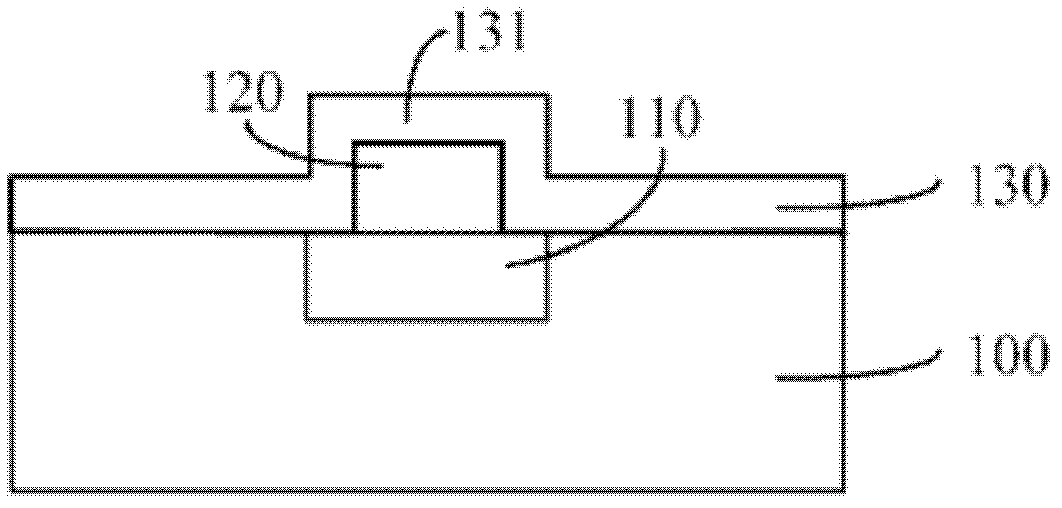Method for forming conductive plug on surface of magnetic tunnel junction (MTJ)
A magnetic tunnel junction and conductive plug technology, which is applied in the manufacture/processing of electromagnetic devices, etc., can solve the problems of breakdown or short circuit, the distance between conductive layers is reduced, and the through hole is easily over-etched, so as to avoid breakdown or short circuit. short circuit effect
- Summary
- Abstract
- Description
- Claims
- Application Information
AI Technical Summary
Problems solved by technology
Method used
Image
Examples
Embodiment Construction
[0026] Since the size of the through hole forming the conductive plug is larger than the size of the magnetic tunnel junction, it is easy to over-etch when etching the through hole, and the dielectric layer around the magnetic tunnel junction is also etched away, resulting in The distance between the finally formed conductive plug and the conductive material below the magnetic tunnel junction becomes smaller, which may easily cause breakdown or short circuit, and seriously cause the device to be scrapped. Wherein, the size mentioned in the embodiments of the present invention refers to the lateral size of the semiconductor structure, that is, the size of the semiconductor structure in a top view of the semiconductor structure.
[0027] The inventor proposed a method of forming a conductive plug on the surface of the magnetic tunnel junction after research. For the schematic flow diagram of the method, please refer to figure 1 , including:
[0028] S101, providing a substrate,...
PUM
 Login to View More
Login to View More Abstract
Description
Claims
Application Information
 Login to View More
Login to View More - R&D
- Intellectual Property
- Life Sciences
- Materials
- Tech Scout
- Unparalleled Data Quality
- Higher Quality Content
- 60% Fewer Hallucinations
Browse by: Latest US Patents, China's latest patents, Technical Efficacy Thesaurus, Application Domain, Technology Topic, Popular Technical Reports.
© 2025 PatSnap. All rights reserved.Legal|Privacy policy|Modern Slavery Act Transparency Statement|Sitemap|About US| Contact US: help@patsnap.com



